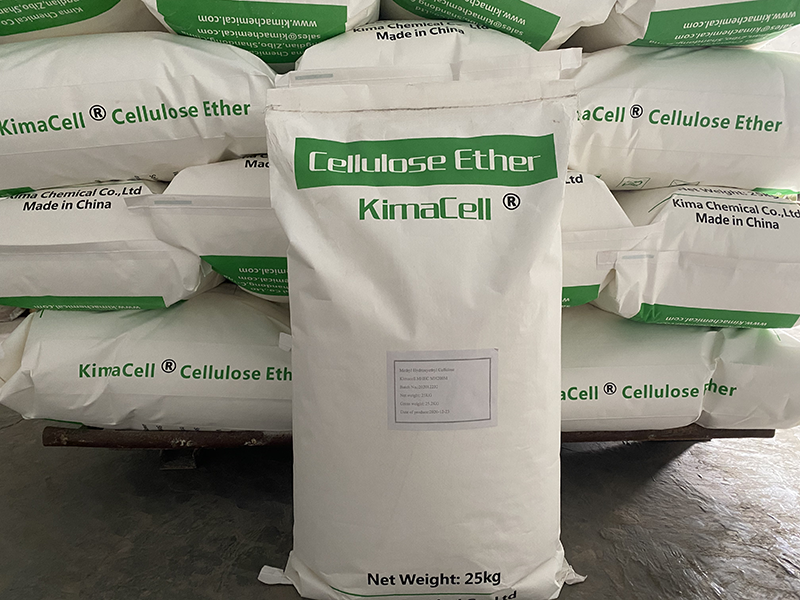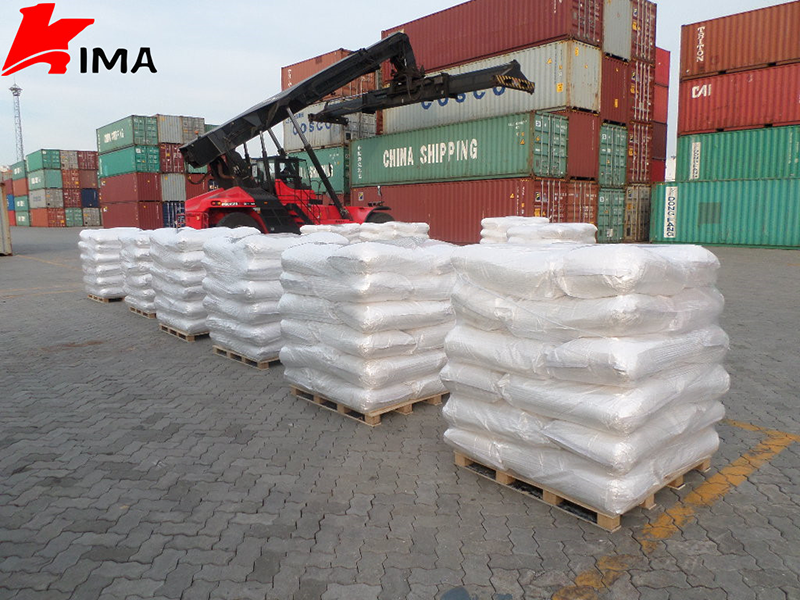This guide provides a detailed overview of Hydroxypropyl Methylcellulose (HPMC) and HPMC applications in cement plaster. It covers the properties, benefits, applications, factors affecting use, environmental considerations, case studies, and future perspectives of HPMC in the construction industry.
Hydroxypropyl Methylcellulose (HPMC) is widely used additive in cement-based construction materials, particularly in cement plaster. This comprehensive guide explores the properties, benefits, and applications of HPMC in cement plaster, covering its role in enhancing workability, adhesion, water retention, and durability. The guide also discusses the various factors to consider when using HPMC in cement plaster, including dosage, mixing, and quality control. Additionally, it highlights the environmental and sustainability aspects of HPMC, concluding with a summary of key takeaways and future perspectives.
Table of Contents:
1. Introduction
1.1 Background
1.2 Objectives
1.3 Scope
2. Properties of HPMC
2.1 Chemical Structure
2.2 Physical Properties
2.3 Rheological Properties
3. Role of HPMC in Cement Plaster
3.1 Workability Enhancement
3.2 Adhesion Improvement
3.3 Water Retention
3.4 Durability
4. Applications of HPMC in Cement Plaster
4.1 Interior and Exterior Plastering
4.2 Thin-set Mortars
4.3 Self-leveling Compounds
4.4 Decorative Coatings
5. Factors Affecting the Use of HPMC in Cement Plaster
5.1 Dosage
5.2 Mixing Procedures
5.3 Compatibility with Other Additives
5.4 Quality Control
6. Environmental Considerations
6.1 Sustainability of HPMC
6.2 Environmental Impact Assessment
7. Case Studies
7.1 HPMC in Large-Scale Construction Projects
7.2 Performance Evaluations
8. Future Perspectives
8.1 Advancements in HPMC Technology
8.2 Green and Sustainable Building Practices
8.3 Emerging Markets and Opportunities
9. Conclusion
1. Introduction:
1.1 Background:
- Cement plaster is a fundamental component in construction and plays a significant role in providing structural integrity and aesthetics.
- Hydroxypropyl Methylcellulose (HPMC) is a polymer that has gained popularity as an additive to improve various properties of cement plaster.
1.2 Objectives:
- This guide aims to provide a comprehensive understanding of HPMC’s role in cement plaster.
- It explores HPMC’s properties, benefits, and applications in construction.
- It also discusses dosage, mixing, quality control, and environmental aspects of HPMC.
1.3 Scope:
- The focus of this guide is on HPMC’s application in cement plaster.
- Various aspects such as chemical structure, role, and case studies will be covered.
- The environmental and sustainability considerations of HPMC will also be discussed.
2. Properties of HPMC:
2.1 Chemical Structure:
- Describe the chemical structure of HPMC.
- Explain how its unique structure contributes to its performance in cement plaster.
2.2 Physical Properties:
- Discuss the physical characteristics of HPMC, including solubility and appearance.
- Explain how these properties influence its use in cement plaster.
2.3 Rheological Properties:
- Explore HPMC’s rheological properties and its impact on the flow and workability of plaster mixes.
- Discuss the importance of viscosity and water retention.
3. Role of HPMC in Cement Plaster:
3.1 Workability Enhancement:
- Explain how HPMC improves the workability of cement plaster.
- Discuss the role of HPMC in reducing sagging and improving spreadability.
3.2 Adhesion Improvement:
- Describe how HPMC enhances the adhesion of plaster to various substrates.
- Highlight its impact on reducing cracking and enhancing bond strength.
3.3 Water Retention:
- Discuss the water retention properties of HPMC in cement plaster.
- Explain its significance in preventing premature drying and ensuring proper curing.
3.4 Durability:
- Explore how HPMC contributes to the long-term durability of cement plaster.
- Discuss its resistance to environmental factors and aging.
4. Applications of HPMC in Cement Plaster:
4.1 Interior and Exterior Plastering:
- Discuss how HPMC is used in both interior and exterior plaster applications.
- Highlight its role in achieving smooth and durable finishes.
4.2 Thin-set Mortars:
- Explore the use of HPMC in thin-set mortars for tiling applications.
- Explain how it enhances adhesion and workability.
4.3 Self-leveling Compounds:
- Describe the application of HPMC in self-leveling compounds for floor leveling.
- Discuss its role in achieving flat and even surfaces.
4.4 Decorative Coatings:
- Discuss the use of HPMC in decorative coatings and textured finishes.
- Explain how it contributes to the aesthetics and texture of plaster.
5. Factors Affecting the Use of HPMC in Cement Plaster:
5.1 Dosage:
- Explain the importance of proper HPMC dosage in plaster mixes.
- Discuss how dosage affects workability, adhesion, and water retention.
5.2 Mixing Procedures:
- Describe the recommended mixing procedures when incorporating HPMC.
- Highlight the significance of uniform dispersion.
5.3 Compatibility with Other Additives:
- Discuss the compatibility of HPMC with other common additives in plaster.
- Address potential interactions and synergies.
5.4 Quality Control:
- Emphasize the need for quality control in plastering projects involving HPMC.
- Highlight testing and monitoring procedures.
6. Environmental Considerations:
6.1 Sustainability of HPMC:
- Discuss the sustainability of HPMC as a construction material additive.
- Address its biodegradability and renewable sources.
6.2 Environmental Impact Assessment:
- Evaluate the environmental impact of using HPMC in cement plaster.
- Compare it to traditional alternatives in terms of sustainability.
7. Case Studies:
7.1 HPMC in Large-Scale Construction Projects:
- Present case studies of major construction projects where HPMC was used.
- Highlight the benefits and challenges faced in these projects.
7.2 Performance Evaluations:
- Share performance evaluations of cement plaster with HPMC versus without.
- Showcase improvements in workability, adhesion, and durability.
8. Future Perspectives:
8.1 Advancements in HPMC Technology:
- Explore potential advancements in HPMC technology and its impact on construction.
- Discuss research and development areas.
8.2 Green and Sustainable Building Practices:
- Discuss the role of HPMC in promoting green and sustainable building practices.
- Highlight its contribution to energy efficiency and reduced waste.
8.3 Emerging Markets and Opportunities:
- Analyze emerging markets and opportunities for HPMC in the construction industry.
- Identify regions and applications with growth potential.
9. Conclusion:
- Summarize the key takeaways from this comprehensive guide.
- Emphasize the importance of HPMC in enhancing the performance of cement plaster.
- Conclude with a vision for the future of HPMC in construction.
Whether you are a construction professional, researcher, or simply interested in construction materials, this guide offers valuable insights into the use of HPMC in cement plaster.
Post time: Oct-31-2023




